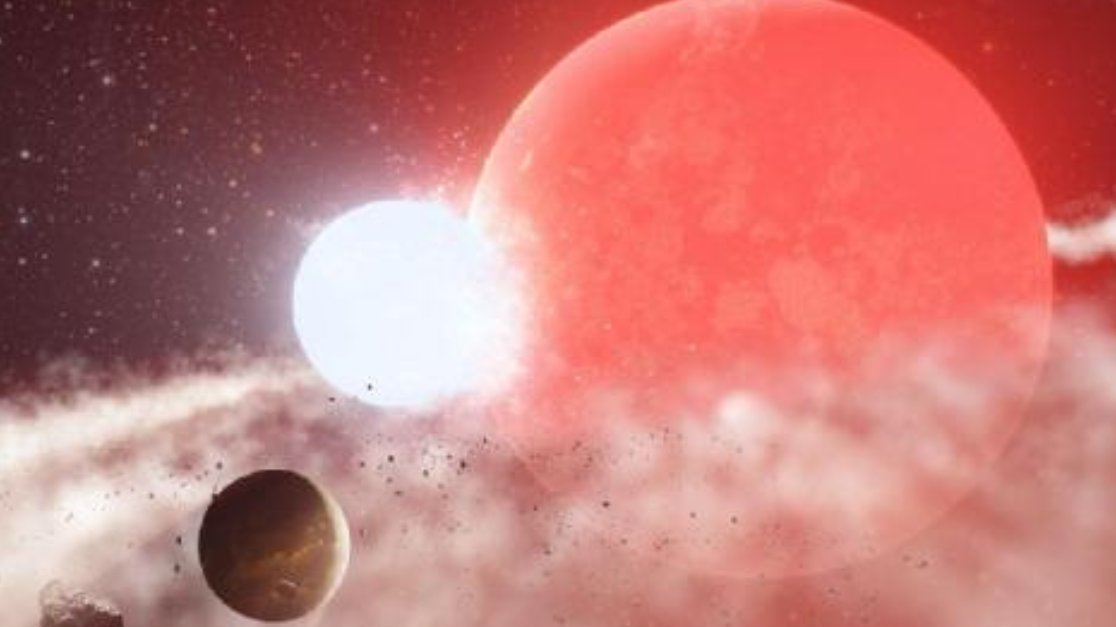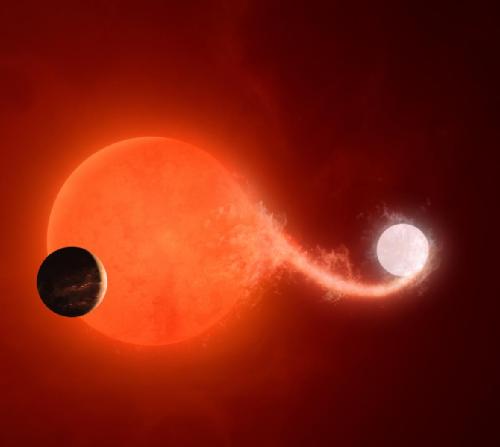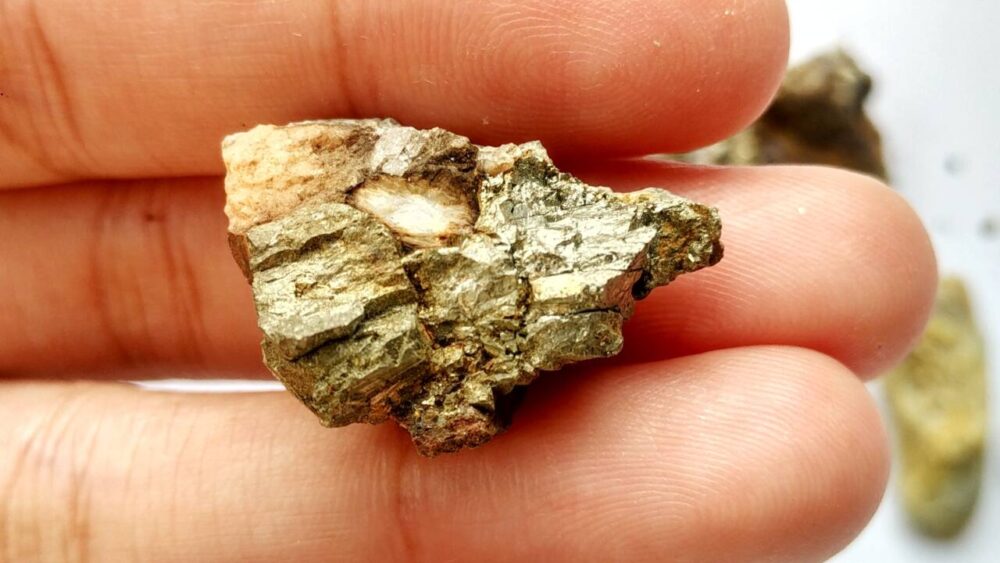Scientists used ‘Star Wars’ to explain why this mysterious planet still exists

It’s not very often that real-life science merges with science fiction. But, sometimes, reality really is stranger than fiction — especially when it comes to outer space.
A study recently published in the journal Nature describes how an exoplanet escaped certain doom, despite its close proximity to its sun-like star. Scientists believe one of the possible explanations for the exoplanet’s survival is its similarity to a planetary system found in “Star Wars: Episode IV—A New Hope.”
Researchers first discovered the exoplanet, named 8 Ursae Minoris-b and also known as Halla, in 2015. It’s located in the Milky Way galaxy, about 520 light-years from Earth. What stood out to scientists was how close it was situated to its sun-like star, Baekdu: It’s less than half the distance the Earth is from our sun.
But why didn’t Halla burn up when Baekdu expanded into a red-giant star? That was a perplexing mystery.
MORE: July’s full Buck Moon is the first supermoon of 2023
To decipher how the exoplanet escaped its fiery doom, scientists observed it from the W.M. Keck Observatory and the Canada-France-Hawaii Telescope in Hawaii. Based on their observations, they came up with a theory: They think Halla used to orbit two sun-like stars, just like the planet Tatooine in the original “Star Wars” movie.
“If the Baekdu system originally consisted of two stars, their merger could have prevented any one of them from expanding sufficiently to engulf the planet,” says study co-author Tim Bedding, an astronomy researcher and professor at the University in Sydney, in a press release.
An animation from the W.M. Keck Observatory and Adam Makarenko shows how this scenario could have played out in space:
The energy of the two-star collision may have converted the two stars from hydrogen-burning bodies into the single, helium-burning star that exists today, according to Bedding. This would have slowed down the expansion enough to save Halla from destruction.
Another theory explains that Halla, a Jupiter-like gas giant planet, may have started its orbit farther away from its host star before getting closer. But the scientists concluded that the star’s rapid expansion seems to make that unlikely.
Lastly, scientists say Halla may have been created from the gas cloud remnants of the two-star collision mentioned earlier.
Scientists want to continue studying Halla and its star Baekdu to learn more about our solar system, as well as the exoplanet’s origin.
“The wider impact is a better understanding of the evolution of stars like our Sun and the evolution of planets like those we see in the solar system, and the need to look out for additional unusual cases like the observed system,” said study co-author Dimitri Veras, an astrophysicist at the University of Warwick, in a press release. “Sometimes the rarest cases can reveal the most about stellar and planetary physics.”






